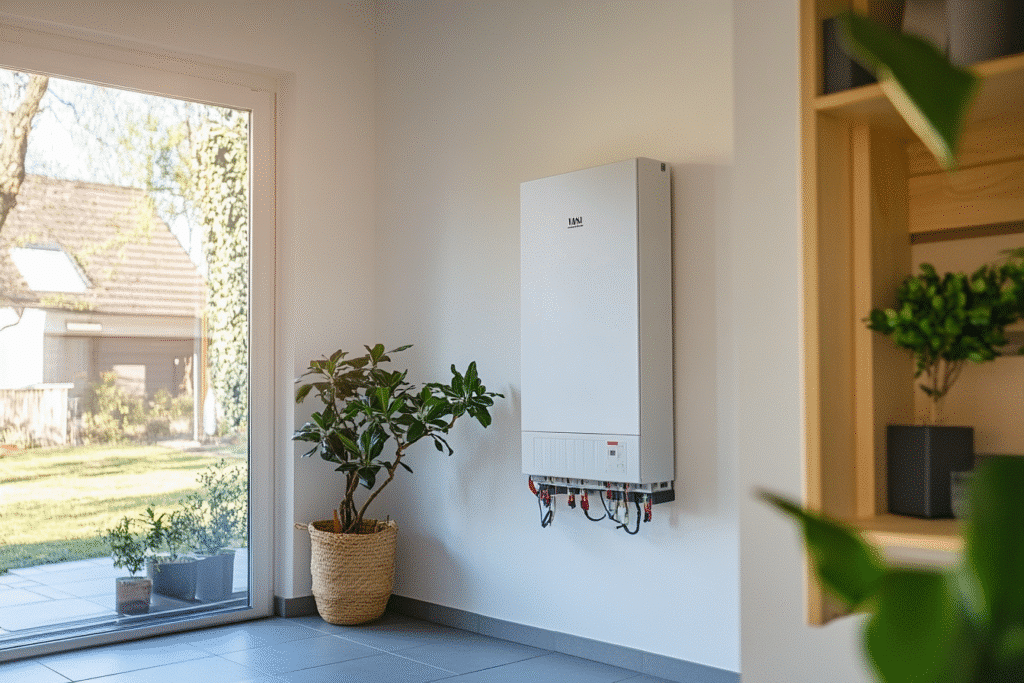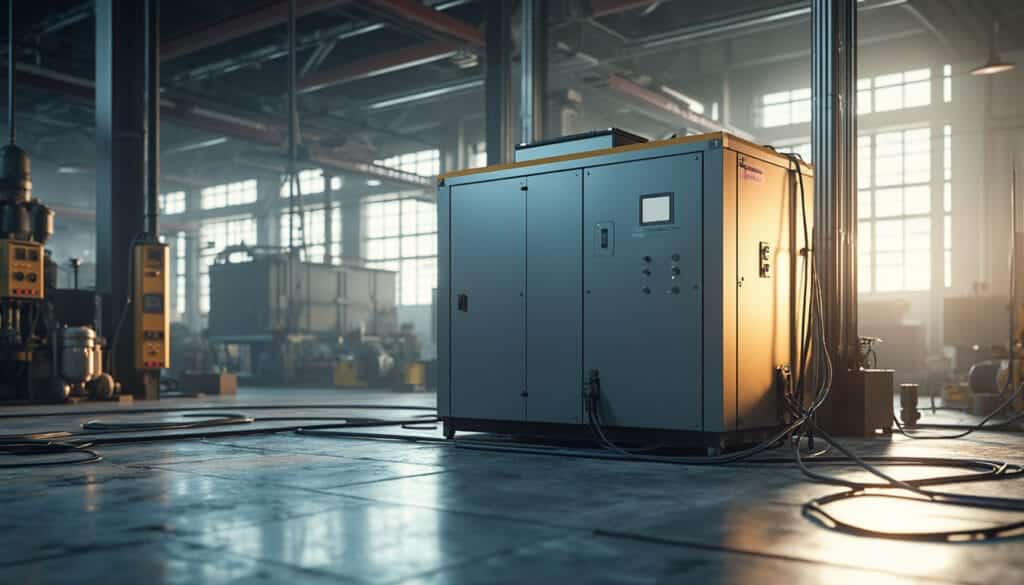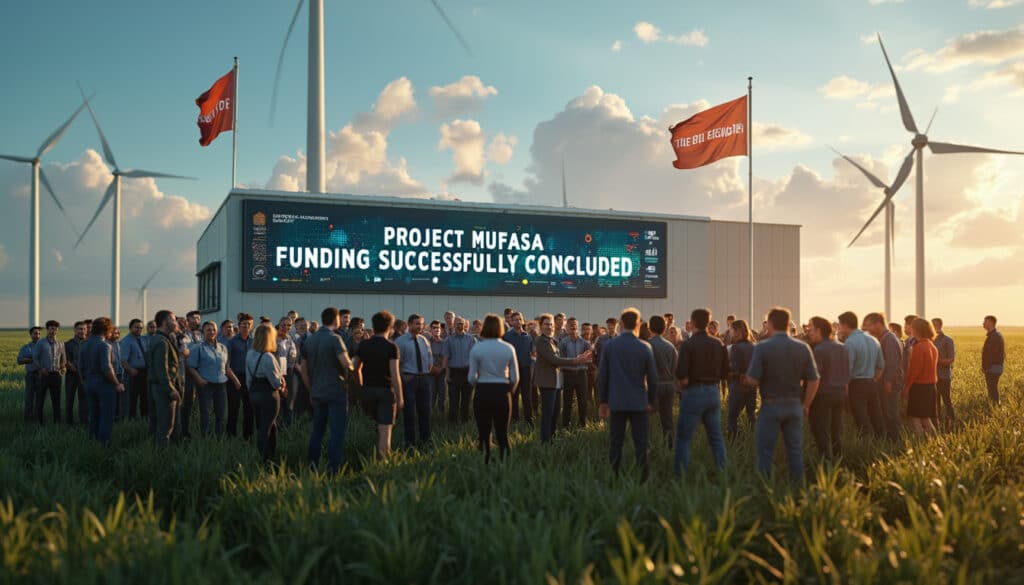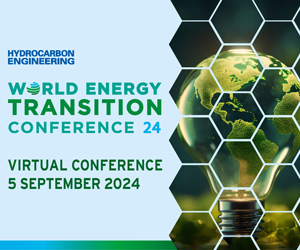As the integration of renewable energies such as solar and wind increases, Australia is focusing on flow batteries to effectively store energy. This technology, halfway between a traditional battery and a fuel cell, stands out for its ability to release energy for up to 12 hours, far surpassing traditional lithium-ion batteries.
Flow batteries store energy in liquid electrolytes, allowing for flexibility and reduced storage costs. Although their weight makes them non-portable, they remain the most cost-effective way to store electricity for long durations.
Currently, Australia has invested in various flow battery projects, including promising chemistries using vanadium and zinc bromide. The implementation of these technologies could enable Australia to become a global leader in renewable energy, provided there is adequate funding. By investing in automated assembly and the production of critical minerals, Australia could enhance its energy independence and its role in the global market.
flow batteries: potential for renewable energies
Flow batteries represent a fascinating intersection between a conventional battery and a fuel cell, paving the way for new possibilities in energy storage. Unlike traditional batteries where energy is stored in electrodes, flow batteries store power in liquid electrolytes. These electrolytes are kept in external tanks, allowing unprecedented flexibility to adjust the storage capacity and the power generated. By simply increasing the volume of the tanks, it is possible to store more energy at a lower cost.
In Australia, battery energy storage systems are experiencing strong growth thanks to initiatives such as the SunCable project, a massive investment aimed at promoting sustainable solar energy. Australia, rich in minerals such as vanadium, sees these technologies as an opportunity to reduce its dependence on fossil fuels while stimulating its economy through the export of critical minerals needed for battery production. Flow batteries could be the key to achieving emission reduction goals and fostering a global energy transition.
Australia: towards global leadership in energy storage
Currently, Australia is establishing itself as a true pioneer in the adoption and development of flow batteries. With infrastructures such as the first megawatt flow battery installed in South Australia, powered by a solar farm, Australia demonstrates its capacity to integrate these innovations into its energy network. The combination of abundant natural resources and government investments supports the growth of a promising electricity storage industry.
To achieve this ambitious goal, solid financial support is crucial. Through international collaborations and internal efforts to automate assembly lines, Australia could establish itself as a competitive manufacturer of batteries on a global scale. This transition, while demanding, offers considerable potential for companies looking to align with green standards and reduce carbon emissions in the coming years.
funding: key to success for a sustainable future
As Australia positions itself to become a leader in energy storage, the need for adequate funding remains imperative. The instability of the prices of necessary minerals, such as vanadium, can pose a potential obstacle to large-scale battery production. Therefore, it is essential to ensure ongoing financial support to solidify the storage industry while expanding local production capabilities.
Investors and government policies must focus on creating a favorable ecosystem for the development of storage technologies, thus ensuring a flexible and sustainable energy supply. With the right strategies in place, Australia has the potential to become a key player on the global renewable energy stage, providing a viable solution for storing excess solar and wind energy, and helping to stabilize the electric grid during peak demand periods.
Articles similaires
Thank you!
We will contact you soon.













